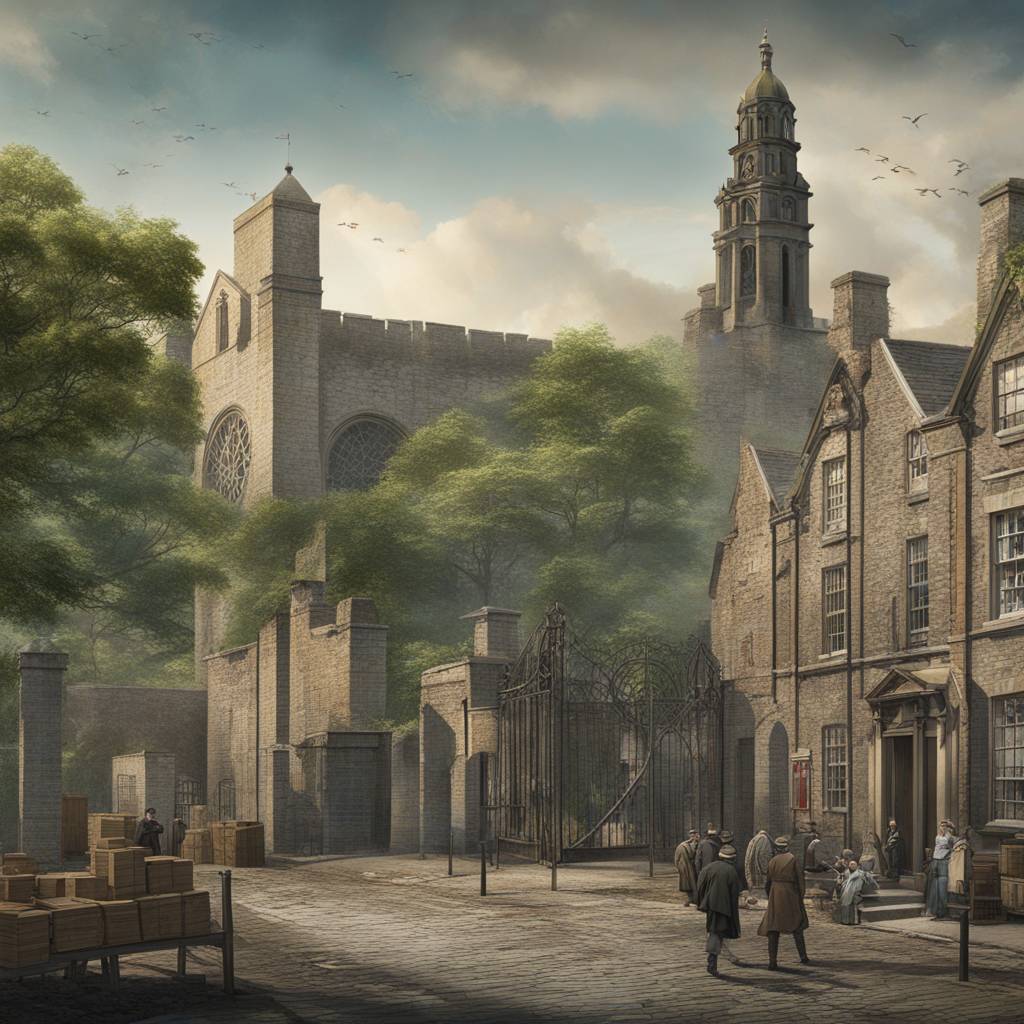On June 30, 1922, a pitched battle in the civil war in Ireland resulted in the burning of seven centuries of history in the national Public Record Office in Dublin. This catastrophic event destroyed a wealth of state secrets, church records, property deeds, tax receipts, legal documents, financial data, census returns, and more, dating back to the Middle Ages. The loss was devastating for a newly independent Ireland trying to recover and celebrate its own history and culture.
In an effort to reconstruct the lost archive, a team of historians, librarians, and computer experts based at Trinity College Dublin have been working for the past seven years to locate duplicates of the lost records in forgotten volumes at libraries and archives worldwide. This effort has resulted in the creation of the Virtual Record Treasury of Ireland, an online collection of digitized documents that were lost in the fire. The project has seen over two million visits to its website since its inception.
Funded by the Irish government as part of its commemorations of a century of independence, the Virtual Treasury project utilizes modern technologies such as virtual imaging, online networks, artificial intelligence language models, and digital archives to reconstruct the lost records. Additionally, old printed catalogs and human contacts have played a vital role in identifying potential sources for duplicates of the lost documents.
Collaboration with partners such as the National Archives in Britain and the Public Record Office of Northern Ireland has been instrumental in the search for lost records. Documents have also been uncovered in the United States, with institutions such as the Library of Congress and various universities contributing significant volumes of lost political history, including debates from Ireland’s 18th-century Parliament. Serendipitous discoveries in U.S. archives have led to the inclusion of unexpected treasures in the Virtual Treasury.
Efforts to locate and include lost documents in the Virtual Treasury have yielded interesting finds, such as a previously unnoticed 1595 letter showing the connection between colonial conquests in North America and Ireland. The project is aiming to make 100 million searchable words available by 2025 and hopes to recover 50 to 90 percent of records from priority areas such as censuses before and after the Great Famine in the mid-19th century. Artificial intelligence models have been developed to convert ancient handwriting into searchable text.
The Virtual Treasury project serves as an example of international cooperation in reconstructing a lost archive, symbolizing the collective effort of many countries to achieve a common goal. The project demonstrates that cultural loss can be mitigated through collaboration and innovation, showcasing the fluidity of borders in the pursuit of preserving historical records and cultural heritage.








